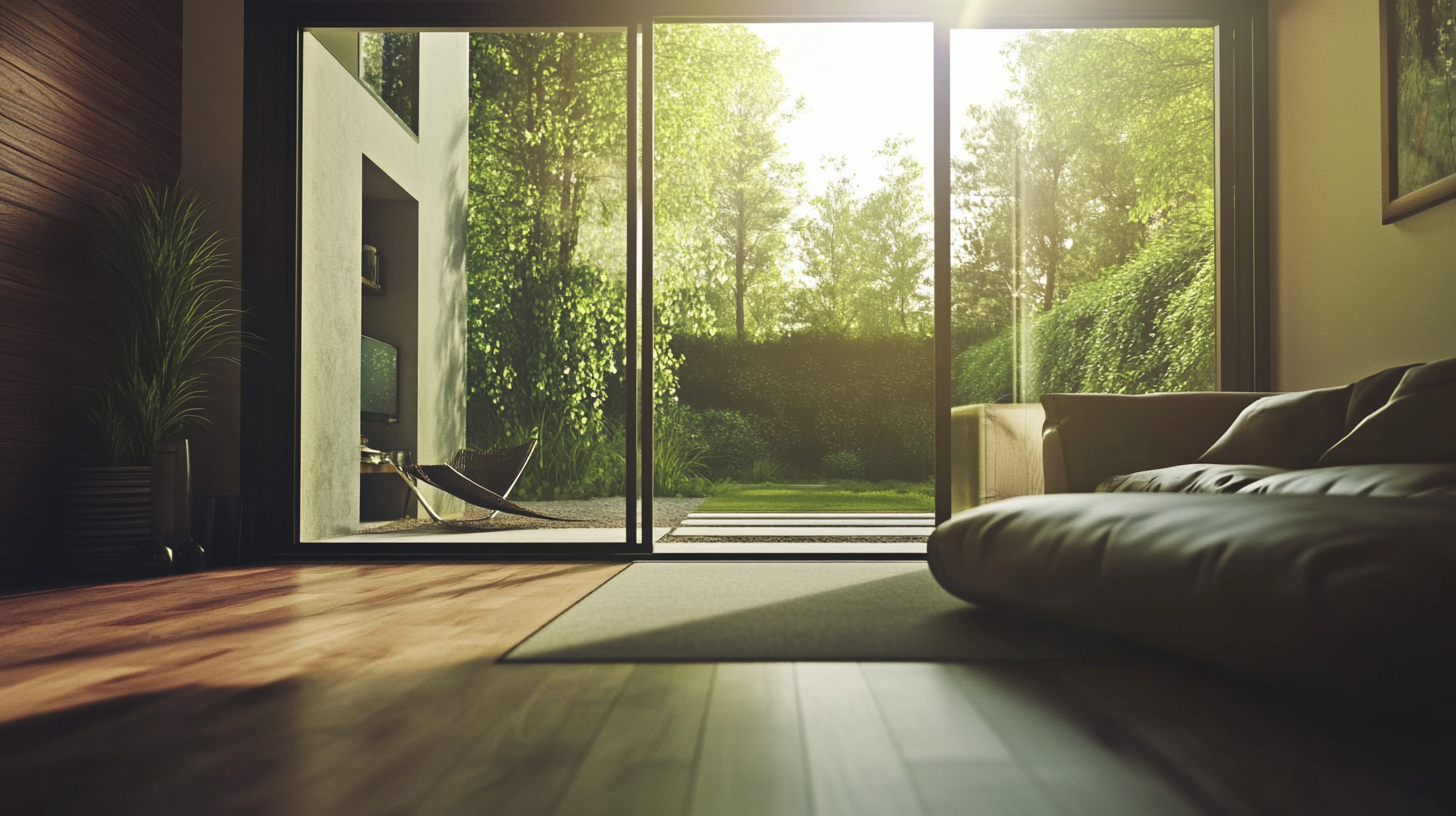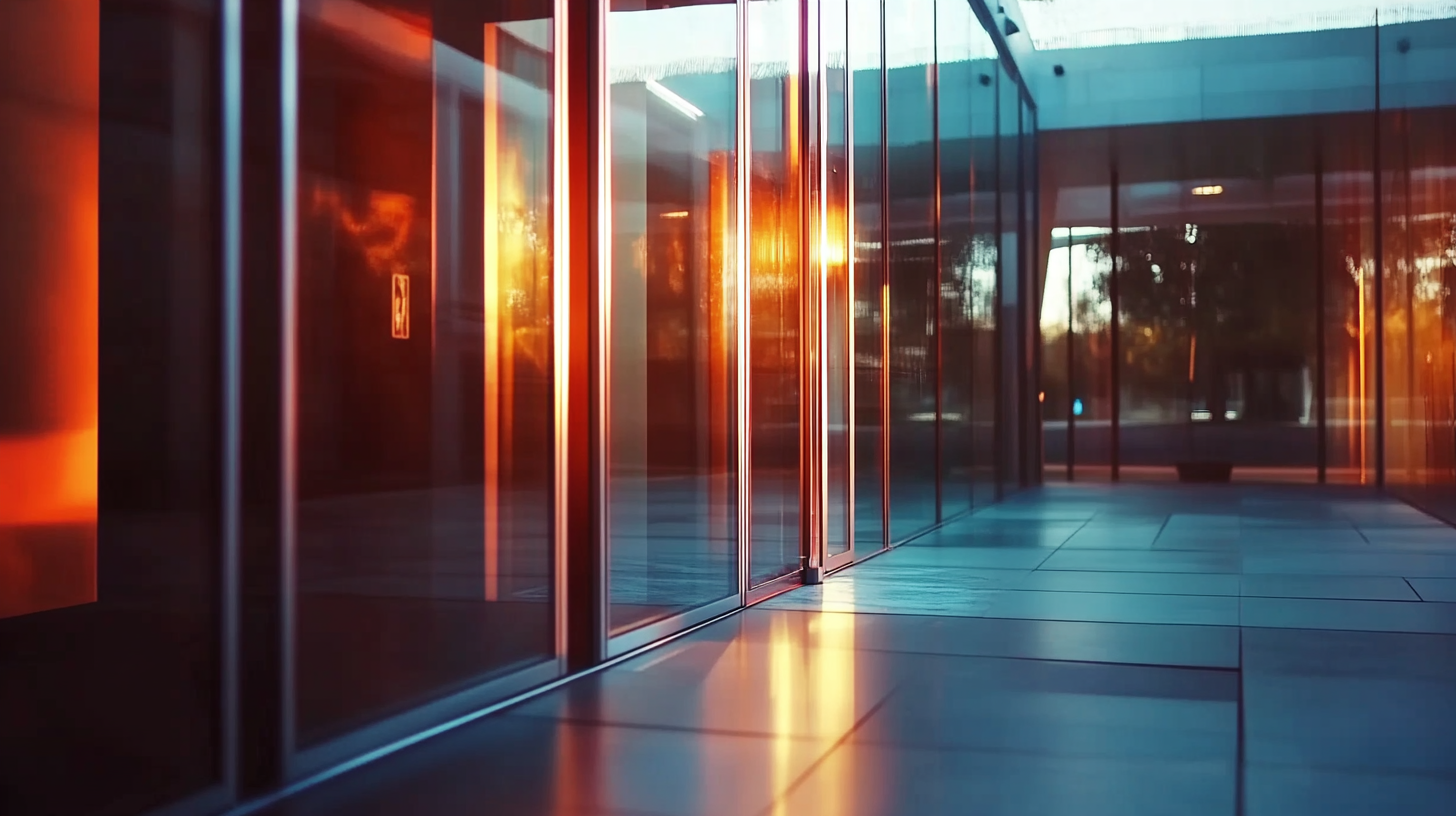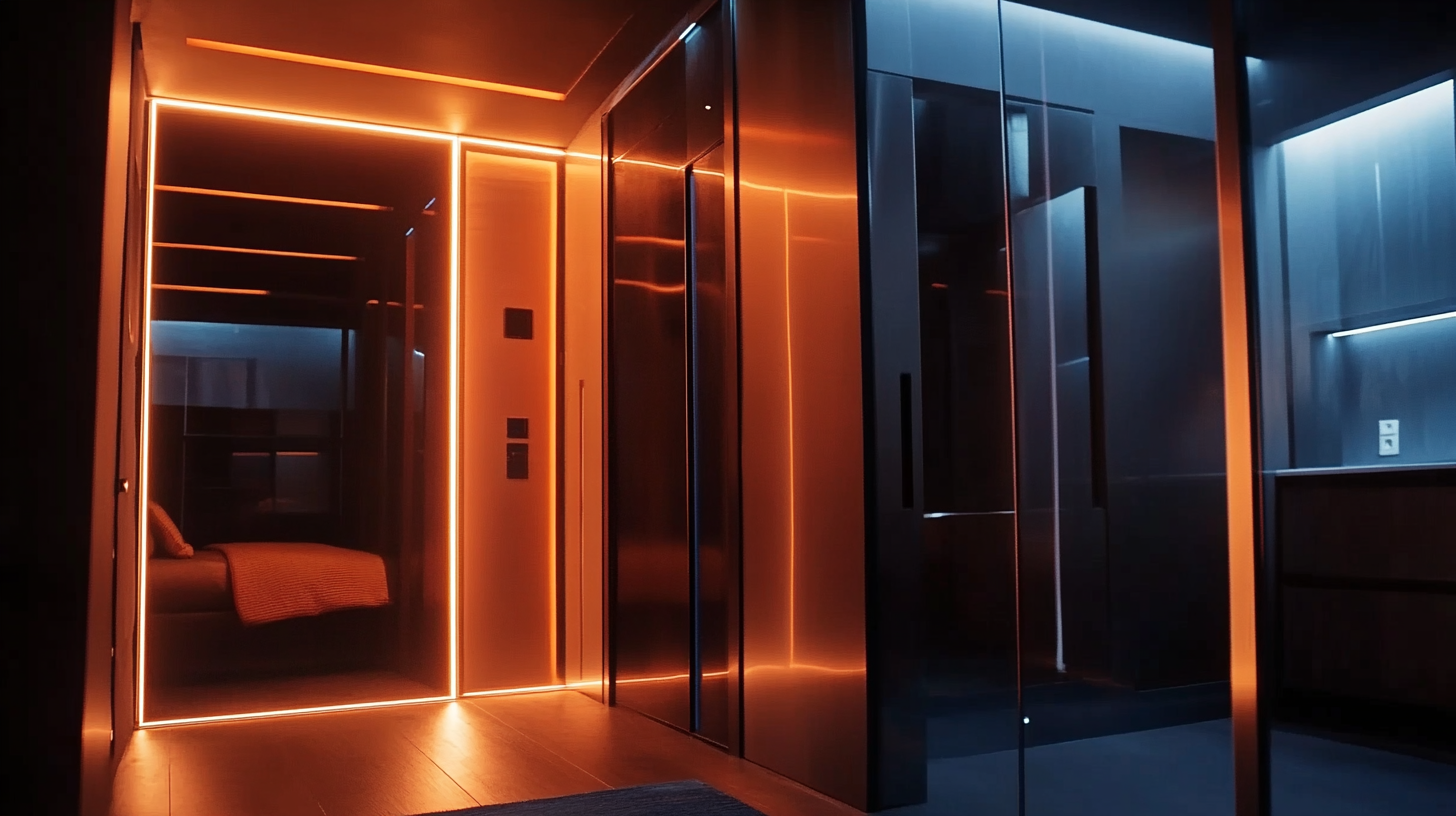Leave Your Message
 As we look ahead to 2025, the significance of innovative design and functionality in architectural elements such as sliding doors and rails cannot be overstated. According to recent industry reports, the global market for sliding doors is projected to reach $12 billion by 2025, fueled by advancements in technology and a growing preference for space-saving solutions in both residential and commercial sectors. These innovations not only enhance aesthetic appeal but also improve energy efficiency and accessibility. With smart technology integration and sustainable materials at the forefront, the upcoming trends in sliding doors and rails will redefine versatility and convenience, making them an essential focus for modern architecture and interior design.
As we look ahead to 2025, the significance of innovative design and functionality in architectural elements such as sliding doors and rails cannot be overstated. According to recent industry reports, the global market for sliding doors is projected to reach $12 billion by 2025, fueled by advancements in technology and a growing preference for space-saving solutions in both residential and commercial sectors. These innovations not only enhance aesthetic appeal but also improve energy efficiency and accessibility. With smart technology integration and sustainable materials at the forefront, the upcoming trends in sliding doors and rails will redefine versatility and convenience, making them an essential focus for modern architecture and interior design.
As we approach 2025, the sliding door industry is witnessing a surge in innovation driven by advanced materials. A report by the Global Sliding Door Market Analysis indicates that the market is projected to reach $10.5 billion by 2025, fueled by the growing demand for energy-efficient solutions and aesthetic advancements. Innovative materials such as fiberglass, composites, and even smart glass are revolutionizing the functionality and design of sliding doors, making them more durable, lightweight, and energy efficient.
Fiberglass, in particular, has gained traction for its exceptional resilience and insulation properties, outperforming traditional materials in both performance and aesthetics. According to industry experts, doors made from fiberglass can offer up to 30% better thermal insulation compared to standard wood or aluminum counterparts. Furthermore, the integration of smart technologies with adaptable glass that can regulate sunlight and temperature is not just enhancing comfort but also contributing to sustainability goals sought by modern homeowners. As these innovations converge, the sliding door market is poised for significant transformation, aligning with broader trends in architectural design and home improvement.
| Material Type | Weight (kg/m²) | Thermal Insulation (U-value W/m²K) | Durability (Years) | Sustainability Rating | Innovative Feature |
|---|---|---|---|---|---|
| Composite Fiberglass | 10 | 1.5 | 30 | A+ | Self-cleaning surface |
| Aluminum Alloy | 8 | 1.8 | 25 | B | Integrated smart sensors |
| Toughened Glass | 6 | 1.2 | 20 | A | Privacy glass technology |
| Engineered Wood | 12 | 2.0 | 15 | A | Biodegradable components |
| Polycarbonate | 7 | 1.6 | 22 | B+ | Impact-resistant |
The rapid advancement of smart home technology is reshaping the way we view traditional fixtures, and sliding doors are no exception. In 2025, the integration of the Internet of Things (IoT) in modern sliding doors will not only enhance convenience but also boost security and energy efficiency. Smart sliding doors equipped with sensors can automatically open as you approach, allowing for smooth navigation through your home while carrying groceries or managing other tasks.
Tip: Consider installing sliding doors with built-in motion sensors and smartphone connectivity. This will enable you to control your doors remotely, ensuring you can secure your home even when you’re not there, and receive notifications if someone else is accessing your space.
Additionally, IoT-enabled sliding doors can be programmed to adjust based on environmental conditions. For instance, they can close automatically when adverse weather conditions are detected, keeping your home safe and temperature-controlled. Such features not only streamline daily routines but also contribute to energy conservation.
Tip: Look for sliding door systems that offer weather-responsive technology. This ensures your home remains energy-efficient, reducing utility costs while enhancing comfort.
As we advance towards 2025, the design trends for sliding doors are set to blend aesthetics and functionality like never before. The emphasis on sleek lines and minimalist frames will create a seamless transition between indoor and outdoor spaces. Natural materials such as wood and glass will not only enhance the visual appeal but also contribute to sustainability, allowing homeowners to embrace eco-friendly designs without sacrificing style. These materials will be paired with innovative finishes and textures, offering a tactile experience that resonates with modern sensibilities.
In addition to their visual allure, the functionality of sliding doors is being reimagined. Smart technology integration will become a hallmark, enabling homeowners to control their doors remotely for enhanced security and convenience. Features like automatic sensors will ensure smooth operation while maintaining safety, making sliding doors accessible to all. Furthermore, soundproofing innovations will cater to urban dwellers, providing peace and quiet without compromising on design. This fusion of form and function will not only elevate the user experience but also help redefine the very essence of living spaces in the coming years.

As we approach 2025, the emphasis on sustainability in sliding doors is becoming increasingly pronounced. Advanced manufacturers are prioritizing eco-friendly materials that not only enhance the aesthetic appeal of homes but also minimize their environmental impact. According to a recent report by Grand View Research, the global eco-friendly building materials market is expected to reach $500 billion by 2025, indicating a significant shift towards more sustainable product offerings. Sliding doors, often made with recycled glass and sustainably sourced wood, are aligning with this trend, ensuring that homeowners can make environmentally conscious choices without compromising on quality or design.
In addition to material innovations, energy efficiency is at the forefront of sliding door technology. The American Council for an Energy-Efficient Economy (ACEEE) found that ENERGY STAR® certified windows and doors can save homeowners up to 30% on their energy bills. This is particularly relevant for sliding doors, which traditionally have been less energy-efficient. New designs incorporate advanced insulating technologies and low-emissivity (Low-E) coatings to minimize heat transfer, making them a smart choice for both energy savings and comfort. This dual focus on sustainable materials and energy efficiency is not just a passing trend; it represents a crucial evolution in the building industry as we strive toward a greener future.
As we look toward 2025, the sliding door market is poised for significant growth driven by technological advancements and evolving consumer preferences. The integration of smart technologies, such as automated sensors and IoT connectivity, is expected to revolutionize the functionality of sliding doors. Homeowners will increasingly seek convenience and energy efficiency, pushing manufacturers to deliver innovative solutions that blend aesthetics with performance.
In addition to smart technology, the materials used in sliding door systems will evolve as well. Lightweight, durable materials like high-strength polymers and smart glass will contribute to improved energy efficiency and a sleek, modern appearance. This shift not only enhances the aesthetic appeal of homes and commercial spaces but also addresses sustainability concerns, as manufacturers focus on eco-friendly materials and production processes. The sliding door market is on the brink of transformation, offering consumers an enticing fusion of style, functionality, and environmental consciousness.

